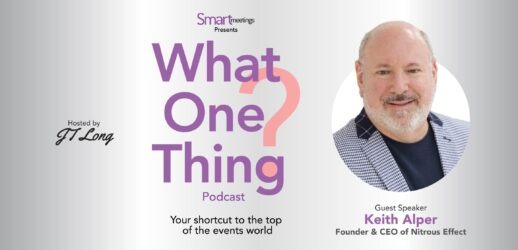Editor’s Note: You are cordially invited to be part of a monthly interactive column focused on your ability to look and act beyond the now. This column is based on the practice of Event Design using the #EventCanvas Methodology by the Event Design Collective. You will be able to practice conversations with worksheets, short exercises and audio snippets from the Event Owner’s perspective grasped directly out of the new book “DESIGN to CHANGE: Elevating your abilities to Look & Act Beyond the Now”.
The primary tools for the process of Event Design include “Stakeholder Alignment,” “The Empathy Map,” “The LEAD Model” and “Looking back-looking forward.. One purpose for introducing companion tools here is to advance the practice of Event Design for those who already employ the Event Canvas. Another purpose is to elevate the practice of Event Design by examining why the methodology is so essential. The main purpose of the new Design to Change book is to empower anyone to invite others, in conversations, to coordinate, collaborate and communicate with a common, deliberate methodology, a unified understanding, and a shared language.
The Event Design Handbook is for anyone interested in how events can create value for an organization. This includes people in any way connected to a designed event: designers, owners, managers and gatekeepers in the conversations.
Two Requirements
Before advanced event design can be applied, two things need to happen.
- You have to be able to express a vision.
- You need to be able to connect the vision to all participants.
Both are necessary because if you do not have a connection and you don’t have a vision, you’re stuck. If you do have a vision, but don’t make a connection, you’re operating in an ivory tower. If you don’t have a vision, but you do have a great connection, this is typically what we call a kumbaya organization. And finally, when you have a vision and a connection, this is how magic is being made.
Question Time
So here’s my question: If we talk about events and horizons of change, what is it that we can do to ensure that people adopt the vision and don’t simply “see the things”? Answer in the worksheet here.
At the same time, if people connect to the vision in their own way, how can you drive specific desired changes? Hint: The Horizon of Change concept is a powerful driver. Head over to The Smart Connection LinkedIn Group to discuss.




